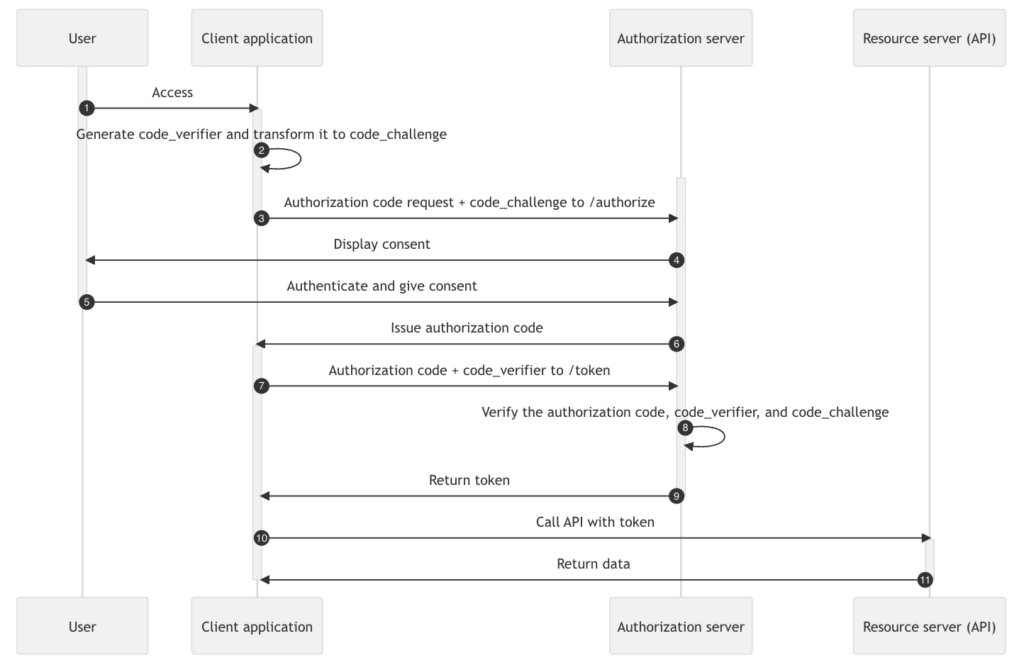
Creating a customizable CIAM UX that matches your brand, will enhance customer experience and your conversion rates too!
Aligning your CIAM integration with your brand provides a consistent user experience for your customers, and gives them peace of mind that they’re using a trusted and secure provider.

Hi, I’m Peter Fernandez, and as a CIAM expert, I want to share my experience building modern CIAM Brand Management into modern applications.
Custom Domains
Providing a consistent user experience for your customers starts with branding the URL associated with the application-independent IdP/Authorization Server service implementations typically recommended as a CIAM integration best practice.
Custom Templates
Template customization then gives you the opportunity to brand the dialogues, (web) pages and emails the application-independent CIAM services provide to interact with the user — cementing a consistent user experience for your customers.
Custom Styles
Incorporating the ability to style independently also means that aspects like colour schemes and typography can be independently updated to match brand requirements as and when required — further establishing consistency in the user experience for your customers.
Buy vs DIY
You could build an in-house custom solution yourself…it’s certainly an option. Particularly if you have a team with the time, capacity, knowledge, and expertise to develop SSO; deploy and maintain Attack Protection; leverage OIDC and/or SAML for Authentication, Social and/or (Enterprise) Federation; implement Passwordless, Passkeys and/or MFA, and/or optionally OAuth 2.0 for API Authorization.
The alternative is to integrate with a SaaS solution provided by one of the popular vendors, and the cost of subscribing to one of these typically depends on the features you use and the number of active consumer identities you have.
With vendor-based CIAM, the cost is typically associated with the platform hosting the backend service(s) that deliver Authentication, Authorization, Management and Protection from attack. With consumer-oriented software, much of this infrastructure is already in place: cloud-based “compute”, database, network resources, etc., could be a necessity for your solution, and delivering these at scale may be something you also need to do.
Deploying a standards-based open-source DIY solution within your existing infrastructure might provide a more cost-effective approach, delivering secure and robust CIAM without the need to build everything yourself and with the added benefit of more flexibility and control.
Questions? Comments?
Feel free to reach out!



























